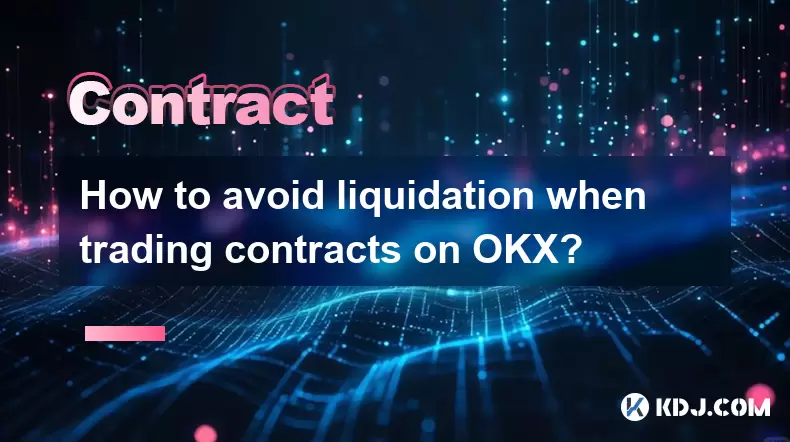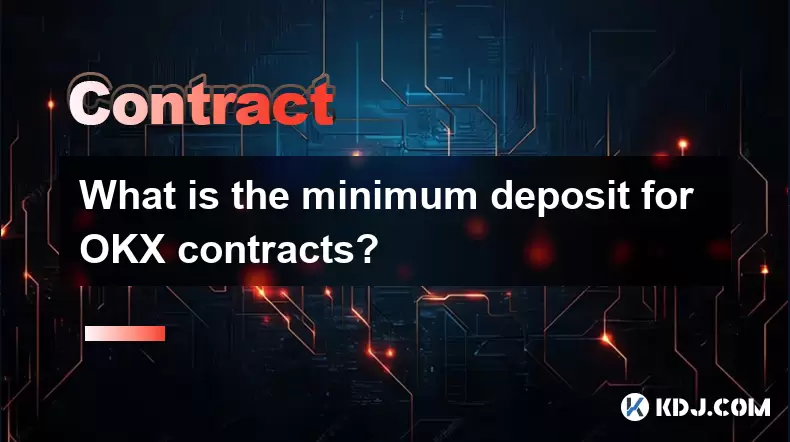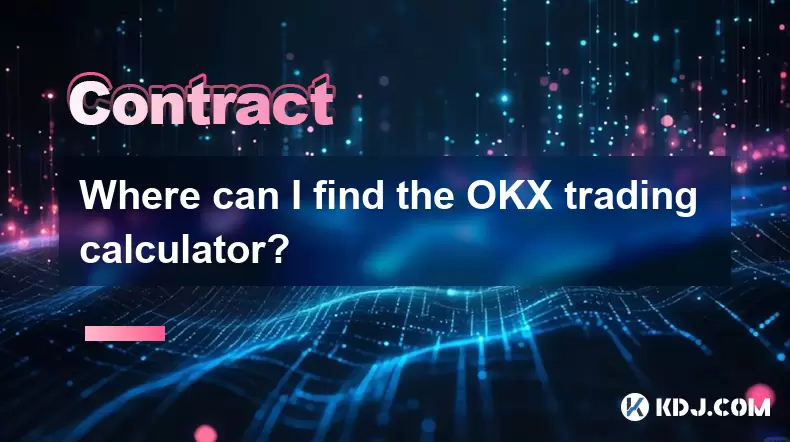-
 Bitcoin
Bitcoin $116700
0.24% -
 Ethereum
Ethereum $3973
4.34% -
 XRP
XRP $3.283
7.68% -
 Tether USDt
Tether USDt $1.000
0.01% -
 BNB
BNB $789.8
2.27% -
 Solana
Solana $176.2
3.31% -
 USDC
USDC $0.9999
0.00% -
 Dogecoin
Dogecoin $0.2238
5.14% -
 TRON
TRON $0.3389
-0.51% -
 Cardano
Cardano $0.7907
4.03% -
 Stellar
Stellar $0.4527
10.02% -
 Hyperliquid
Hyperliquid $41.07
4.27% -
 Sui
Sui $3.794
1.77% -
 Chainlink
Chainlink $19.49
10.40% -
 Bitcoin Cash
Bitcoin Cash $580.9
0.74% -
 Hedera
Hedera $0.2617
4.32% -
 Avalanche
Avalanche $23.41
3.67% -
 Ethena USDe
Ethena USDe $1.001
-0.03% -
 Litecoin
Litecoin $122.4
1.38% -
 Toncoin
Toncoin $3.364
1.49% -
 UNUS SED LEO
UNUS SED LEO $8.988
0.37% -
 Shiba Inu
Shiba Inu $0.00001295
2.82% -
 Uniswap
Uniswap $10.62
5.75% -
 Polkadot
Polkadot $3.922
4.46% -
 Dai
Dai $1.000
0.01% -
 Bitget Token
Bitget Token $4.494
2.15% -
 Monero
Monero $268.0
-1.30% -
 Cronos
Cronos $0.1523
3.68% -
 Pepe
Pepe $0.00001127
4.43% -
 Aave
Aave $285.4
4.85%
How to avoid liquidation when trading contracts on OKX?
On OKX, contract liquidation occurs when margin falls below maintenance levels, so managing leverage, using stop-losses, and monitoring mark price can help avoid total loss.
Aug 08, 2025 at 07:36 pm

Understanding Contract Liquidation on OKX
When trading perpetual or futures contracts on OKX, liquidation occurs when a trader’s margin balance falls below the required maintenance margin level. This typically happens due to adverse price movements that deplete the collateral supporting the open position. Once liquidation is triggered, OKX automatically closes the position to prevent further losses, often resulting in the total or partial loss of the trader’s margin. To avoid this, traders must understand how leverage, margin types, and price volatility interact within the platform’s risk management framework.
OKX offers both cross-margin and isolated-margin modes. In cross-margin, the entire account balance acts as collateral for open positions, offering more flexibility but exposing the whole account to risk. In isolated-margin, traders allocate a specific amount of margin to a position, limiting potential losses to that amount. Understanding these modes is crucial, as improper margin mode selection can significantly increase liquidation risk.
Setting Appropriate Leverage
One of the most effective ways to reduce liquidation risk is by using appropriate leverage. While OKX allows leverage as high as 125x on certain contracts, such high levels dramatically increase exposure to price swings. For example, a 1% adverse move at 100x leverage can wipe out nearly the entire margin. Traders should assess their risk tolerance and market conditions before selecting leverage.
To adjust leverage on OKX:
- Navigate to the futures trading interface
- Select the desired contract (e.g., BTC-USD-SWAP)
- Locate the leverage control panel, usually near the order entry section
- Click on the current leverage value and choose a lower setting, such as 10x or 20x
- Confirm the change, ensuring it applies to the correct margin mode
Using lower leverage increases the buffer against price volatility, giving positions more room to withstand temporary adverse movements without triggering liquidation.
Utilizing Stop-Loss and Take-Profit Orders
Setting stop-loss orders is a fundamental risk management tool on OKX. A stop-loss automatically closes a position when the price reaches a predetermined level, limiting losses before they escalate to liquidation. This is especially important in fast-moving markets where manual monitoring may not be sufficient.
To set a stop-loss on OKX:
- Open the order panel for the contract
- Switch to advanced order types (e.g., Stop-Limit or Stop-Market)
- Enter the trigger price at which the stop-loss should activate
- Specify the execution price (for limit orders) or leave it blank (for market orders)
- Set the order size matching the open position
- Click Place Order to confirm
Similarly, take-profit orders help secure gains and reduce emotional trading decisions. By automating exits, traders maintain discipline and avoid holding positions too long, which can lead to reversals and unexpected liquidations.
Monitoring Liquidation Price and Mark Price
OKX displays the estimated liquidation price for each open position, which is critical for risk assessment. This price indicates the market level at which the position will be liquidated based on current margin and fees. Traders should regularly check this value and compare it to the mark price, which is used by OKX to prevent manipulation and determine liquidation triggers.
The mark price is derived from external index prices and funding rates, differing from the last traded price. If the mark price reaches the liquidation threshold, the position is closed regardless of the order book price. Therefore, relying solely on the last traded price can be misleading.
To view these metrics:
- Go to the Positions tab in the futures trading interface
- Locate the open position
- Observe the Liq. Price field
- Compare it with the current Mark Price displayed nearby
- Ensure the difference is sufficient to absorb normal volatility
Maintaining a safe distance between the current mark price and the liquidation price reduces the likelihood of being liquidated during temporary spikes or dips.
Adding Margin to Open Positions
When a position moves against a trader, increasing the allocated margin can prevent liquidation. OKX allows margin adjustment for isolated positions, enabling users to inject additional funds directly into the position’s collateral pool.
To add margin:
- Access the Positions tab
- Find the relevant open position
- Click the Add Margin button (usually represented by a "+" icon)
- Enter the amount of USDT or BTC to add
- Confirm the transaction through the pop-up dialog
This action increases the maintenance margin buffer, effectively lowering the liquidation price. However, this should not be seen as a long-term solution to a losing trade. It is most effective when used strategically during temporary volatility, not as a means to average down on a fundamentally flawed position.
Managing Position Size and Diversification
Opening excessively large positions relative to account size is a common cause of liquidation. Even with moderate leverage, a large position can dominate the account’s risk profile. Traders should follow sound position sizing principles, such as risking no more than 1-2% of total equity per trade.
To calculate position size:
- Determine the maximum acceptable loss in USDT
- Identify the stop-loss distance in price units
- Divide the acceptable loss by the stop-loss distance to get the contract quantity
- Input this value when placing the order
Additionally, diversifying across multiple contracts or using hedging strategies (e.g., long BTC and short ETH) can reduce overall portfolio volatility. OKX supports multi-position management, allowing traders to balance directional exposure and minimize systemic risk.
Frequently Asked Questions
What happens after a position is liquidated on OKX?
After liquidation, OKX closes the position at the prevailing market price or via an auction mechanism. The remaining margin, if any, is returned to the account, minus fees and potential insurance fund deductions. The trader loses the margin allocated to that position, and the loss is reflected in the P&L history.
Can I receive a liquidation warning on OKX?
Yes. OKX provides real-time margin ratio alerts and on-screen notifications when a position approaches the liquidation threshold. Users can also enable push and email alerts in the settings under Notifications > Risk Alerts to receive warnings before liquidation occurs.
Does OKX charge a fee for liquidation?
OKX does not charge an additional fee for liquidation. However, the position is closed at a price that may include a liquidation penalty, and in cases where the insurance fund covers the loss, the remaining margin might be reduced further. This is not a direct fee but a consequence of the risk engine’s design.
How does funding rate affect liquidation risk?
Funding rates do not directly trigger liquidation, but they impact the cost of holding a position. High funding payments can gradually erode margin over time, especially in long-term trades. Traders holding positions through multiple funding intervals should account for these costs to avoid margin depletion.
Disclaimer:info@kdj.com
The information provided is not trading advice. kdj.com does not assume any responsibility for any investments made based on the information provided in this article. Cryptocurrencies are highly volatile and it is highly recommended that you invest with caution after thorough research!
If you believe that the content used on this website infringes your copyright, please contact us immediately (info@kdj.com) and we will delete it promptly.
- Punisher Coin: The Altcoin Ready to Punish Your Portfolio with Gains?
- 2025-08-08 22:50:16
- Mutuum Finance, Bitcoin Whales, and Binance: Decoding the Crypto Currents
- 2025-08-08 22:30:11
- Bitcoin, Crypto Market, Volatility: Riding the Rollercoaster in NYC Style
- 2025-08-08 22:50:16
- HTX Copy Trading Extravaganza: Rewards and Opportunities for Traders
- 2025-08-08 23:30:12
- SPX6900 Pumps & TOKEN6900 Presale: Month Growth Mania!
- 2025-08-08 23:30:12
- Dogwifhat, Beanie, and $800,000: A Meme Worth Millions?
- 2025-08-08 23:35:12
Related knowledge

What is the distinction between mark price and last price on KuCoin?
Aug 08,2025 at 01:58pm
Understanding the Basics of Price in Cryptocurrency TradingIn cryptocurrency exchanges like KuCoin, two key price indicators frequently appear on trad...

What are the specific maker and taker fees on KuCoin Futures?
Aug 08,2025 at 08:28am
Understanding Maker and Taker Fees on KuCoin FuturesWhen trading on KuCoin Futures, users encounter two primary types of fees: maker fees and taker fe...

What is the maximum leverage available on KuCoin Futures?
Aug 08,2025 at 10:21am
Understanding Leverage in KuCoin Futures TradingLeverage in KuCoin Futures allows traders to control a larger position size using a smaller amount of ...

What is the minimum deposit for OKX contracts?
Aug 08,2025 at 07:00am
Understanding OKX Contract Trading BasicsOKX is one of the leading cryptocurrency derivatives exchanges, offering a wide range of perpetual and future...

Where can I find the OKX trading calculator?
Aug 08,2025 at 07:49am
Understanding the OKX Trading Calculator FunctionalityThe OKX trading calculator is a powerful analytical tool designed to assist traders in estimatin...

What is copy trading for OKX perpetual contracts?
Aug 08,2025 at 10:42pm
Understanding Copy Trading in the Context of OKX Perpetual ContractsCopy trading is a feature offered by the OKX exchange that enables users to automa...

What is the distinction between mark price and last price on KuCoin?
Aug 08,2025 at 01:58pm
Understanding the Basics of Price in Cryptocurrency TradingIn cryptocurrency exchanges like KuCoin, two key price indicators frequently appear on trad...

What are the specific maker and taker fees on KuCoin Futures?
Aug 08,2025 at 08:28am
Understanding Maker and Taker Fees on KuCoin FuturesWhen trading on KuCoin Futures, users encounter two primary types of fees: maker fees and taker fe...

What is the maximum leverage available on KuCoin Futures?
Aug 08,2025 at 10:21am
Understanding Leverage in KuCoin Futures TradingLeverage in KuCoin Futures allows traders to control a larger position size using a smaller amount of ...

What is the minimum deposit for OKX contracts?
Aug 08,2025 at 07:00am
Understanding OKX Contract Trading BasicsOKX is one of the leading cryptocurrency derivatives exchanges, offering a wide range of perpetual and future...

Where can I find the OKX trading calculator?
Aug 08,2025 at 07:49am
Understanding the OKX Trading Calculator FunctionalityThe OKX trading calculator is a powerful analytical tool designed to assist traders in estimatin...

What is copy trading for OKX perpetual contracts?
Aug 08,2025 at 10:42pm
Understanding Copy Trading in the Context of OKX Perpetual ContractsCopy trading is a feature offered by the OKX exchange that enables users to automa...
See all articles

























































































